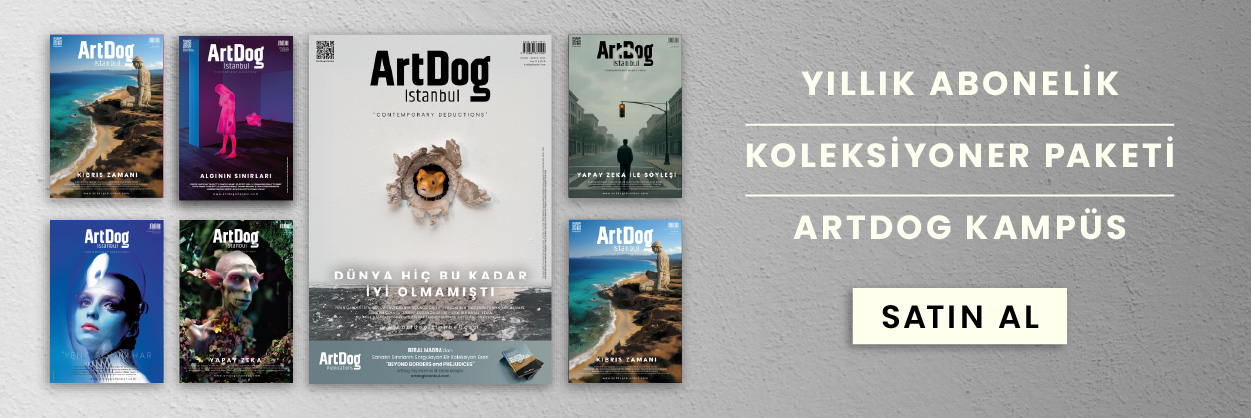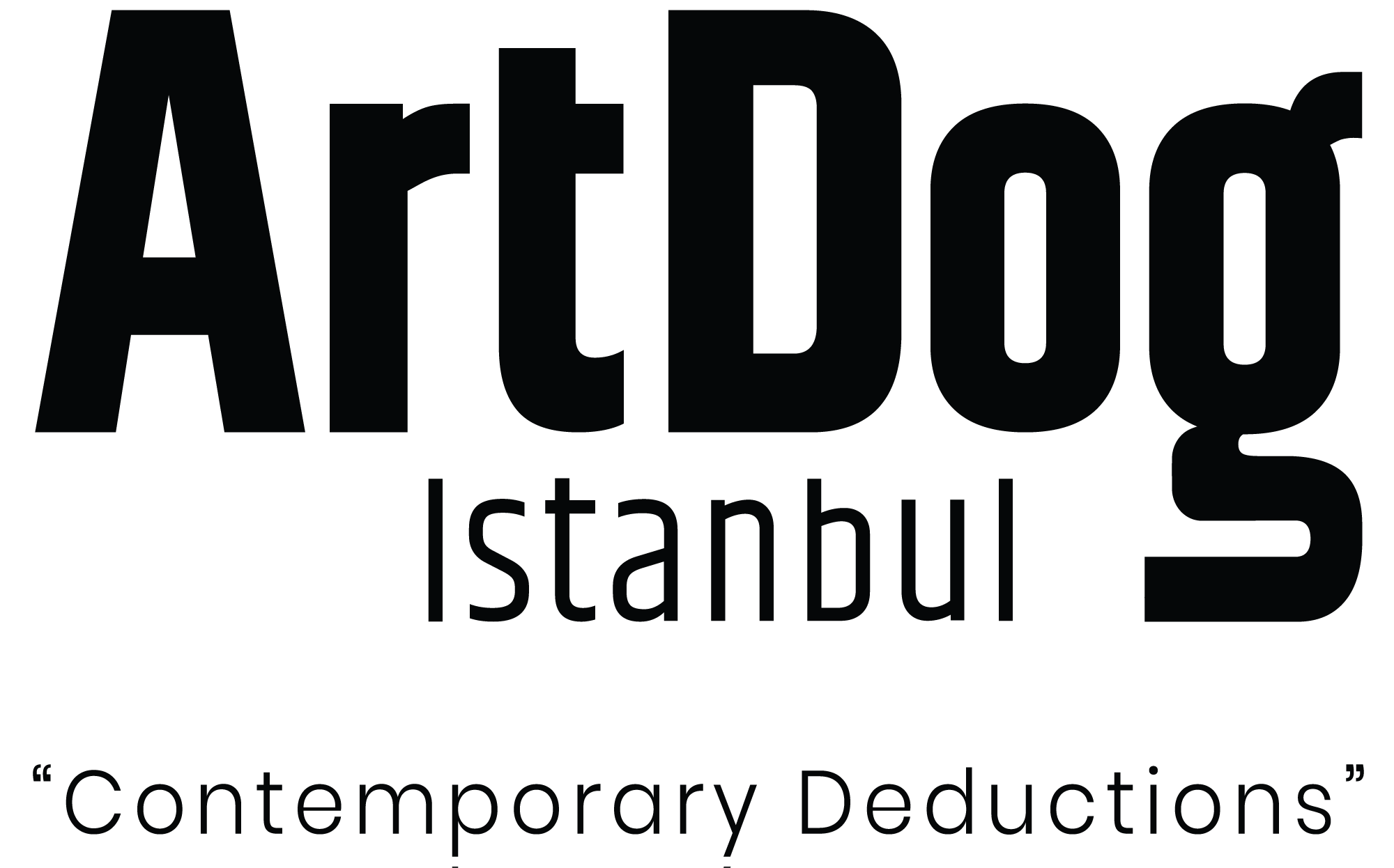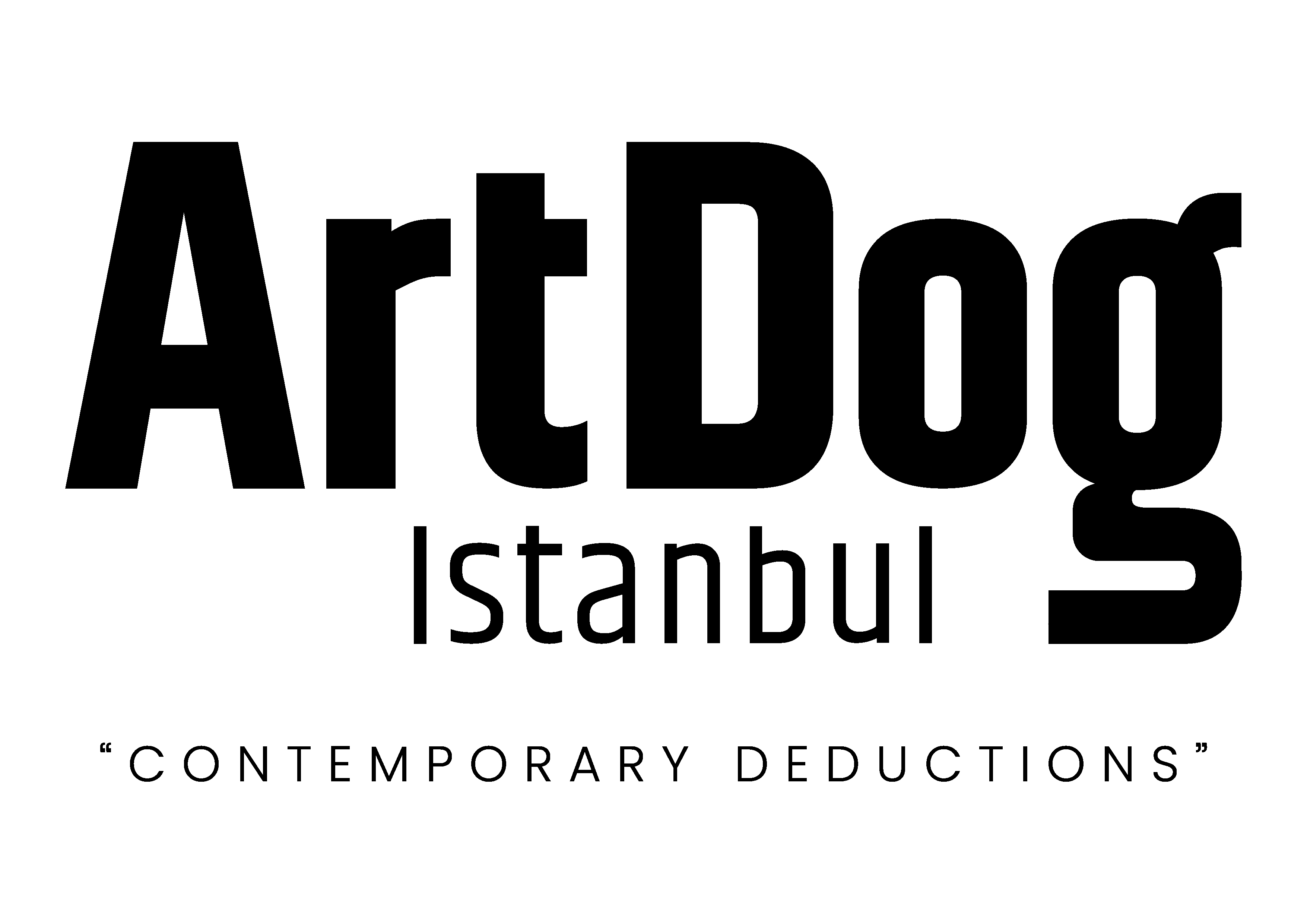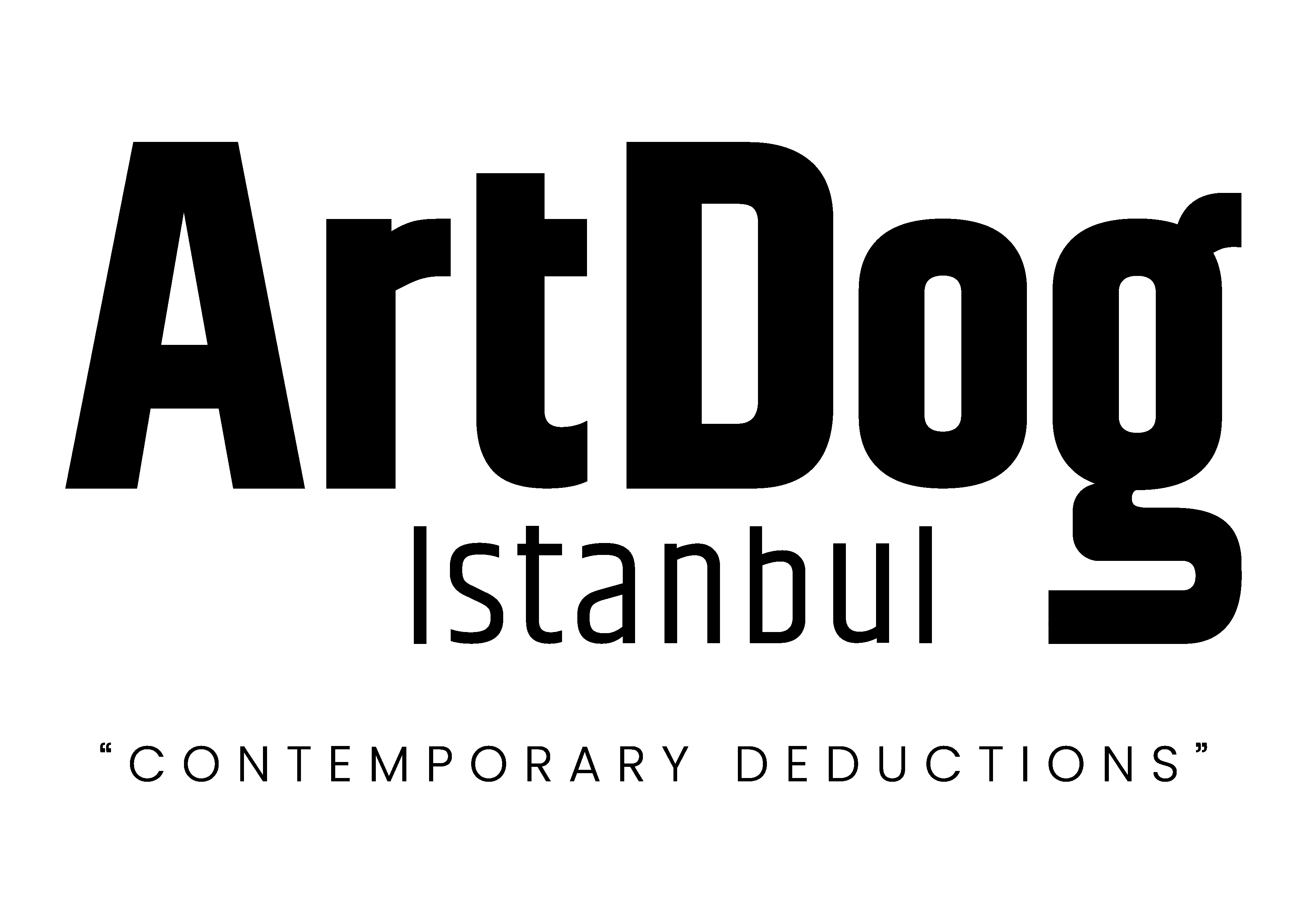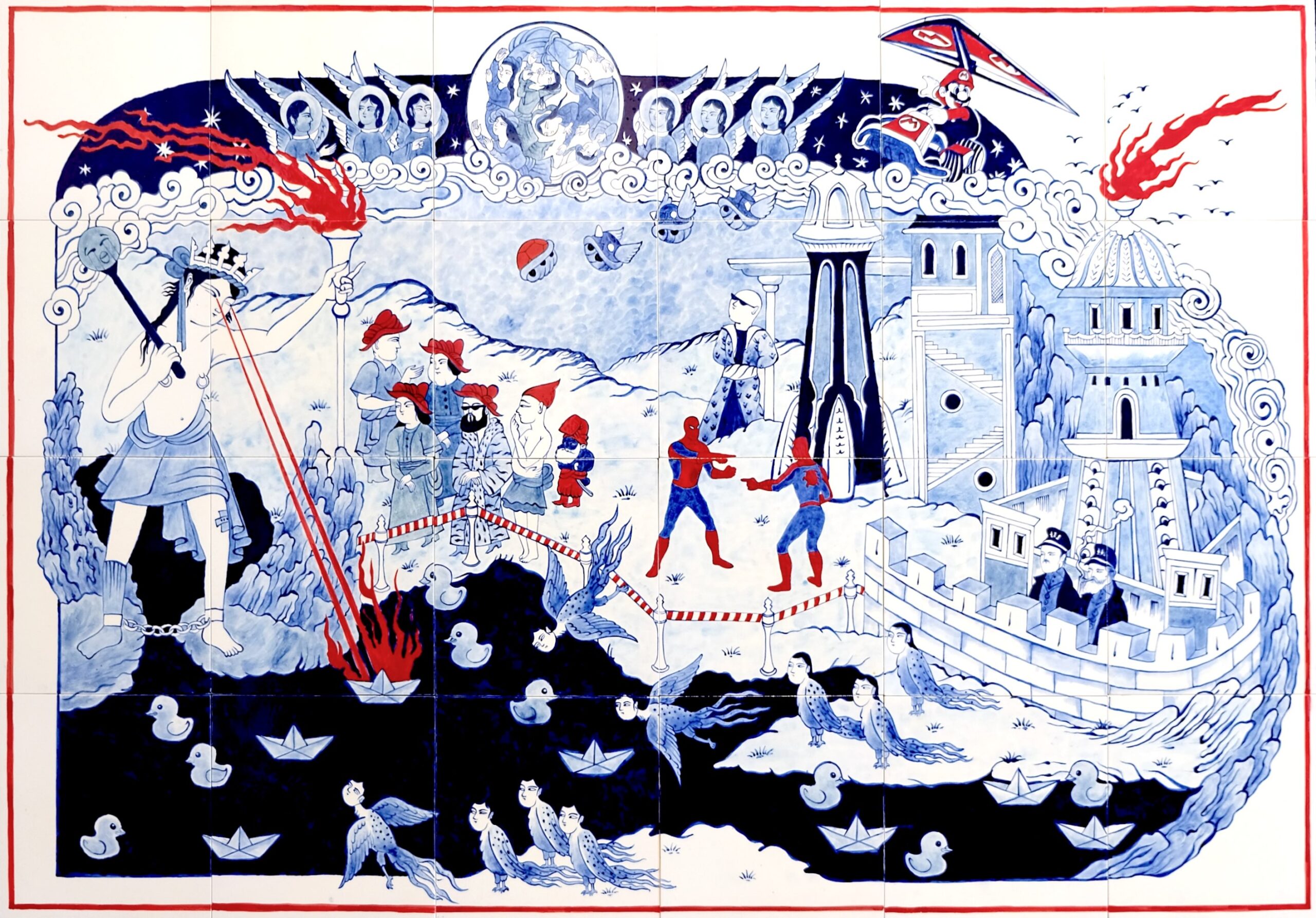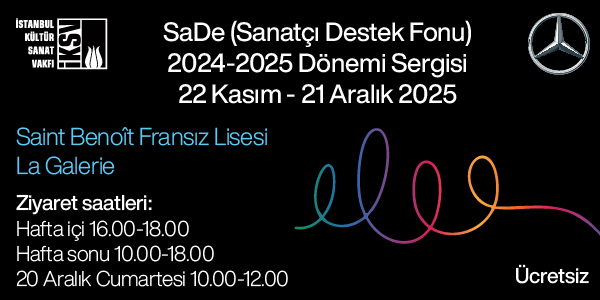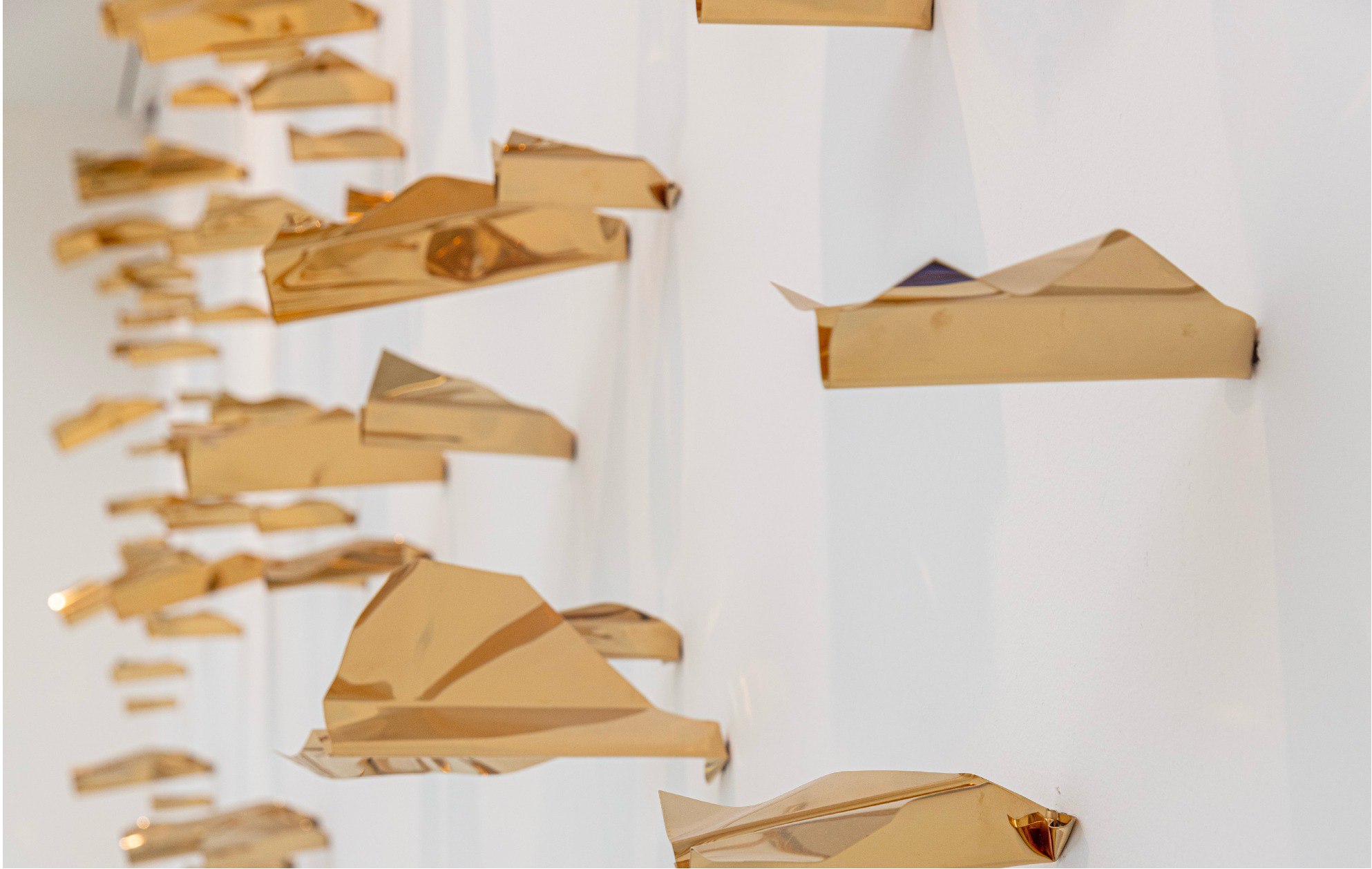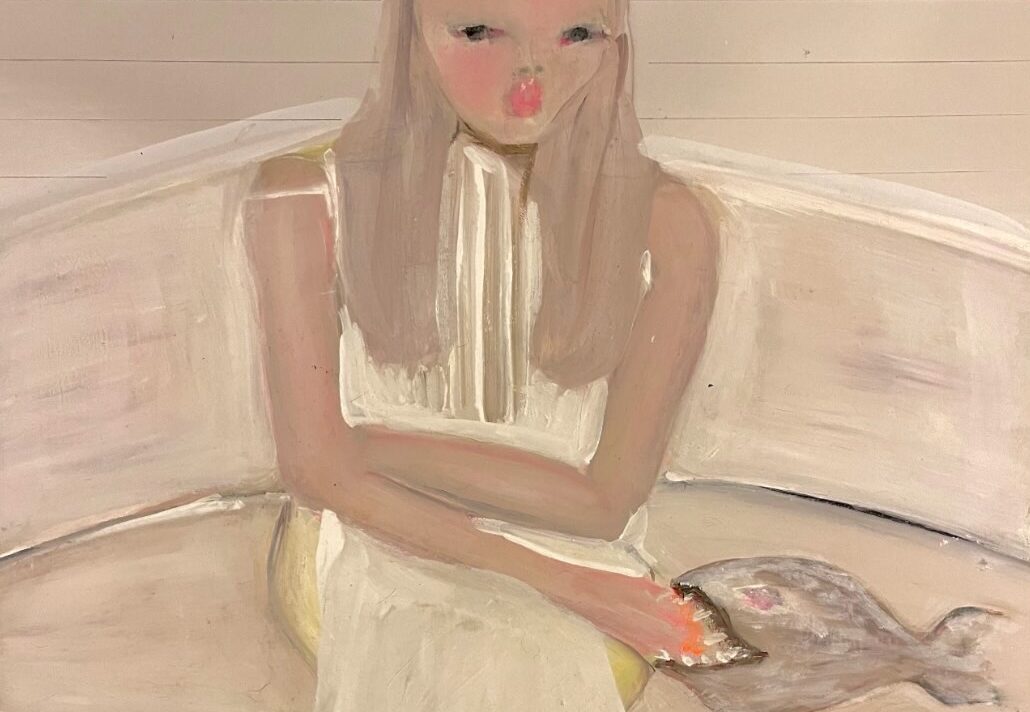Cities that fell silent after the pandemic, the re-blooming of nature, and the resurgence of hope in our lives have profoundly influenced artists’ work. The exhibition “Merging Waters, Sprouting Hopes,” which explores these themes, will be on display at Hope Alkazar on İstiklal Street from September 20 to October 27, 2025, in collaboration with Diageo Turkey. This exhibition showcases works by 15 contemporary artists, exploring the interplay between nature, urban life, and hope, and highlighting the subtle connections between the city and the natural world.
Diageo Turkey supports creative production through its contributions to culture and the arts, emphasizing the importance of art in strengthening social ties. During our interview with General Manager Bahar Uçanlar, we discussed the brand’s vision, its approach to supporting emerging talents, and the social impact of art. Curator Sinan Eren Erk also shared insights on how to communicate the healing power of art to the audience, using the metaphor of cities as living bodies and water as a unifying element.
The resulting exhibition is not just an experience to be observed; it serves as a vivid demonstration of creative collaborations and the new avenues that art has opened in shaping social memory.
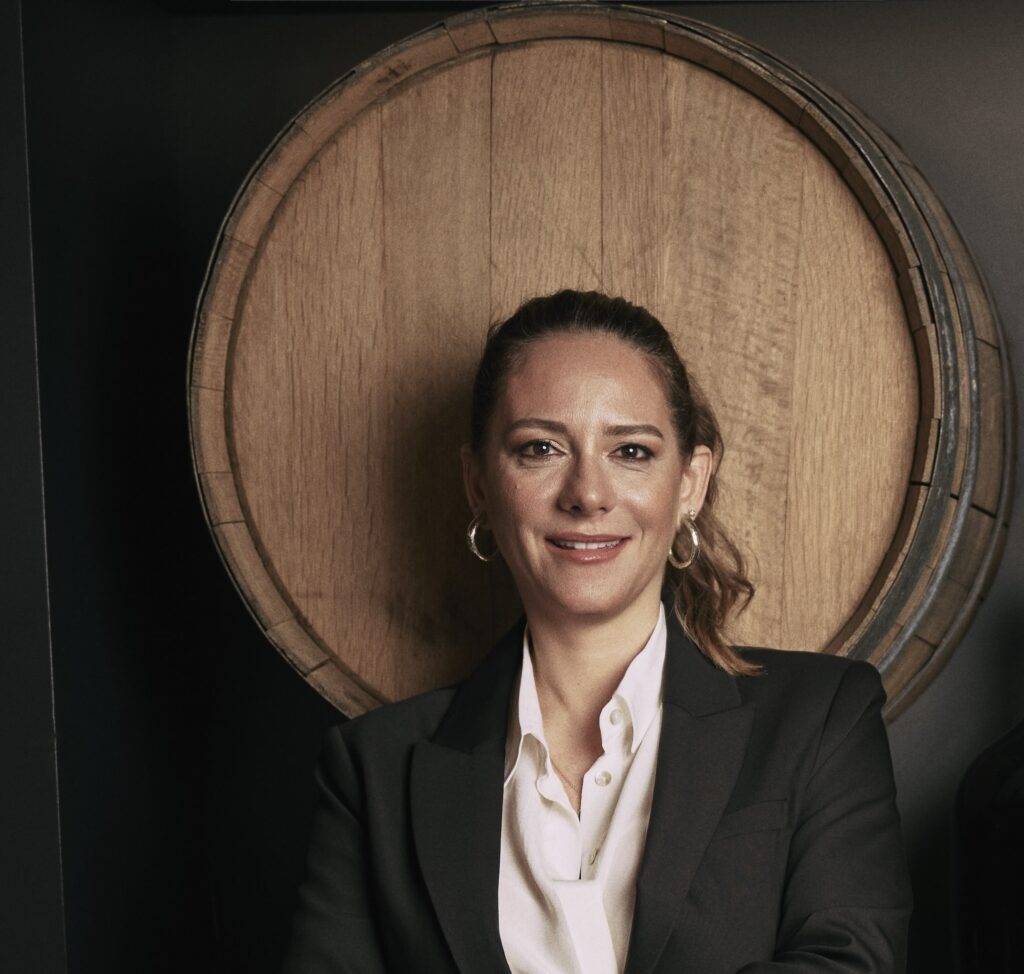
“Supporting Art and Artists is Very Important to Us”
Supporting culture and the arts holds a significant place in Diageo Turkey’s vision. How did the “Uniting Waters, Sprouting Hopes” exhibition come about?
Bahar Uçanlar: As Diageo Turkey, we embrace the philosophy of “celebrating life every day, everywhere,” born from the tradition of sharing in this land. We believe that art is one of the powerful ways to renew this understanding and pass it on to future generations. Moreover, it is one of the most important components of our culture and arts company ecosystem, along with gastronomy and agriculture. Art, and especially design, has never been solely our area of interest. To date, we have supported numerous projects in various artistic disciplines, alongside institutions such as İKSV, Kültür A.Ş., and Arter. However, this year, we took a different step and, for the first time, launched our own exhibition as Diageo Turkey. The “Uniting Waters, Sprouting Hopes” exhibition will be a meeting point where we experience the excitement of connecting young artists with art lovers and highlight the role of culture and the arts in strengthening social ties.
As Diageo Turkey, how do you realize your goal of strengthening social ties and inspiring young talent through cultural and artistic projects, and how do you plan to develop your approach in this area in the coming period?
There are many talented artists in Turkey, many of whom are working tirelessly to realize their dreams through their own means. It’s crucial for us to be there for them in this regard. A look at our established brands reveals how inspired we are by design. That’s why supporting art and artists is always crucial for us. We’ve been proud to support numerous cultural and artistic platforms and artists for years, from the Venice Biennale to the Istanbul Biennale. Even more important for us, as Diageo Turkey, we’re hosting approximately 100 design and fine arts students in Istanbul for our exhibition, allowing them to experience both our exhibition and the Istanbul Biennale, which we support, firsthand. Our goal is to create an environment that will nurture the dreams of young talent and inspire them. We will continue to support young people and bring art to society in the future.
Diageo Turkey places a particular emphasis on supporting young artists. How will this support continue in the future?
It is our responsibility to accompany art and artists, but I believe even more so the journeys of emerging artists, and to support their dreams. We are committed to ensuring that our connection with artists and art lovers is not limited to a single event. We aim to continue this support with various projects in the coming years, building bridges that will make the work of emerging artists visible. Because we believe that the more we can offer hope to this community, the more hopeful a future we can all walk together.
“We Want to Share New Possibilities of Hope”
The exhibition’s metaphors of “the city as a body” and “connecting waters” emphasize the invisible connections between the works. How did you develop the exhibition’s conceptual framework?
Sinan Eren Erk: According to United Nations data, approximately 4.5 billion people live in cities—more than half of the global population. Therefore, the impact of urban life on societies is crucial. Numerous studies have been conducted on cities and urban culture, as we recognize them today, in the modern sense, since the first quarter of the 20th century. I’ve been following studies on the impact of cities on human life and the social consequences of these impacts for some time. However, comparing the city to a large body wasn’t a metaphor I came up with; works of literature did this long ago. For example, the cockroach in Franz Kafka’s Metamorphosis, Jonathan Swift’s Gulliver, Jules Verne’s Nautilus, or Herman Melville’s white whale in Moby Dick. All of these were metaphors for the city in different guises for me. My true inspiration came from Joyce’s Ulysses and Sevim Burak’s Burnt Palaces, where cities are depicted through body metaphors. Furthermore, traces of these narratives can be found in countless films, video games, and comics since the 1980s.
A METAPHOR OF THE CITY AND THE WATERS
The idea of converging waters reflects my connection to Istanbul, my home city. Although separated by the waters of the Bosphorus, Istanbul is a truly cosmopolitan city that has embraced, sometimes diametrically opposed views, under different names and administrations throughout its history. A compassionate nature that resists the rigid divisions of geography; an ecosystem that constantly finds new ways to surprise. When I shared this idea with artists who have lived in Istanbul or spent part of their lives there, I realized they shared similar sentiments.
If we think of cities as places where conscious communities live, we can consider cosmopolitanism as an element of all modern cities. Therefore, I believe that what constitutes the consciousness of being an urbanite is the ability to unite in a state of flux despite differences. This unity, sometimes fortuitous and sometimes quite planned, is, in my opinion, only possible through the harmony of the cells within a body. The consciousness of being an urbanite arises from the ability to unite in a state of flux despite differences; this unity, just like the cells of a body, sometimes happens by chance, sometimes by plan.
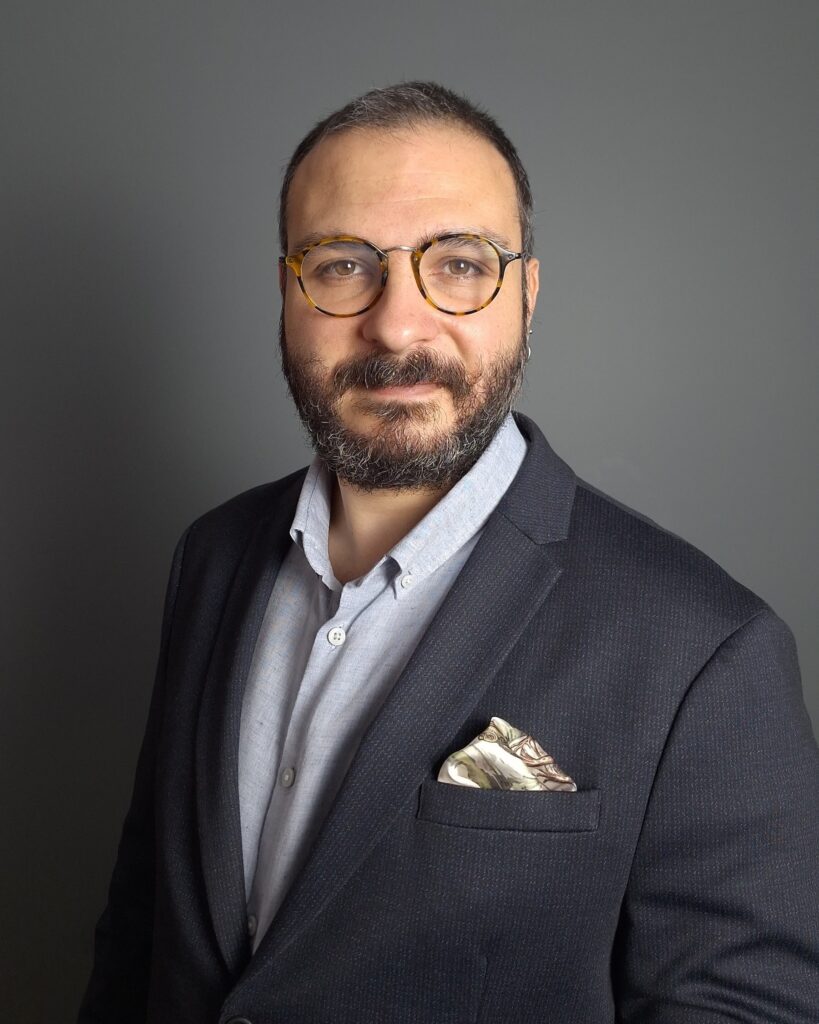
As a curator, how did you select the artists and works to help the audience experience these connections? How did you construct the relationship between the works and the exhibition’s conceptual framework?
When working on an exhibition, I focus on observing, listening to, and understanding the artists’ productions. I followed this approach with the “Birleşen Waters, Sprouting Hopes” exhibition. I had a long-standing personal relationship with some of the participating artists, while I had known others for a short time. However, I followed their productions, trying to understand what they were doing and why. Over time, this led me to recognize certain commonalities, and the exhibition began to take shape in my mind. However, the final version of the exhibition was achieved through conversations with the artists, reflecting on their experiences together, and forging new human connections. I believe that visitors will share their feelings as they discover both these human connections and the artists’ relationship with the city in the details of the works in the exhibition. The true essence of the exhibition lies in the thoughts, feelings, and expressions expressed through different disciplines by the artists themselves.
While the exhibition centers on themes of nature, the city, and hope, what impact do you observe this period having on artists?
The pandemic we recently experienced was a major rupture, affecting everyone globally without exception, and whose consequences we are only just beginning to understand. Financial crises, wars, and various human tragedies followed. Massacres, hunger, and health crises are still unfolding before the eyes of the world. I believe that art becomes an even more powerful tool of resistance precisely in such times. Because when you look at the history of the globalized, postmodern world, you can see that in times of crisis, the first steps toward social hope and healing are taken through art. People working and producing in all fields of art never accept despair or defeat. I believe that even the most pessimistic have a natural immunity to despair. I witnessed this once again during this exhibition. Therefore, I believe that demonstrating how all the artists participating in the exhibition transformed the negative emotions that permeate us all during these painful times, and that are even more pronounced in cities, and how they managed to keep hope alive despite everything, is a step closer to the dream of a better, just, and peaceful world for all of us. Therefore, with the exhibition “Merging Waters, Sprouting Hopes,” we want to share the new possibilities of hope with the audience.
What kind of diversity and dialogue does the bringing together of 15 artists from different generations in the exhibition create?
The exhibition brings together works created in recent years or produced specifically for the exhibition by 15 artists at different points in their careers, employing a variety of techniques and perspectives. These works, created using paintings, drawings, illustration, traditional and digital methods, are sometimes abstract, sometimes realistic, and sometimes humorous. Before developing the conceptual framework for the exhibition, I mentioned that I had identified commonalities among the artists’ productions. When I shared these ideas with them, I found many of them surprised. They all shared a connection to this city; they had perhaps been in the same places, or even with similar people, but at different times. They knew each other by name and knew their work, but few had met in person. Therefore, I believe that bringing their works together will create a significant experience and dialogue for both the artists and the audience. While the exhibition has matured, I cannot say that I have presented a complete idea, as every exhibition is open to different interpretations over time. For this reason, I see it as a set of possibilities that will lead to new thoughts and feelings.
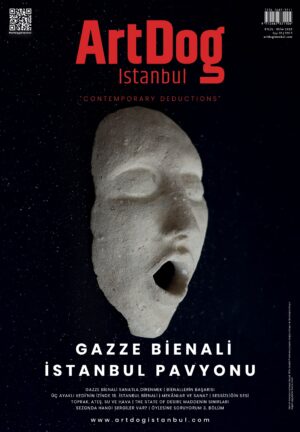
Issue 30 is Now Available!
Get it in both print and digital versions.
Turkish Edition

